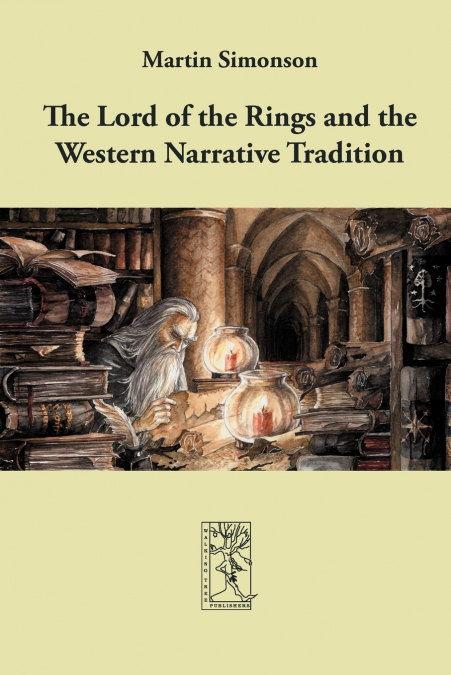
 Librería Perelló (Valencia)
Librería Perelló (Valencia)
 Librería Aciertas (Toledo)
Librería Aciertas (Toledo)
 Librería Elías (Asturias)
Librería Elías (Asturias)
 Donde los libros
Donde los libros
 El AlmaZen del Alquimista (Sevilla)
El AlmaZen del Alquimista (Sevilla)
 Librería Kolima (Madrid)
Librería Kolima (Madrid)
 Librería Proteo (Málaga)
Librería Proteo (Málaga)
When The Lord of the Rings was published in the 1950’s it did not sit comfortably among any preconceived notions of literary genre. The critical responses reflected the confusion: for some, it was an unwelcome reappearance of narrative standards that modernism was supposed to have done away with, or just a bad novel. Others considered it a refreshing work in the epic and romance traditions.Ironically, much of the critical prejudice regarding the question of genre in The Lord of the Rings has been motivated by the same kind of blindness that Tolkien denounced in his famous 1936 lecture Beowulf: the monsters and the critics. Like Beowulf, Tolkien’s work has also failed to be properly appreciated and assessed due to a general refusal to accept the centrality of monsters, because despite its ’monstrous’ originality and fantastic setting, it is very clearly, and not only chronologically, at the centre of twentieth-century literature. The Lord of the Rings and the Western Narrative Tradition is an attempt to account for the particular genre interaction that governs Tolkien’s tale and put it in a meaningful relationship with the contemporary literary context. At the same time, it is a quest to track down one of the most famous and elusive literary monsters of the past century by filling out a long-neglected white space on the map of comparative literature and genre criticism.